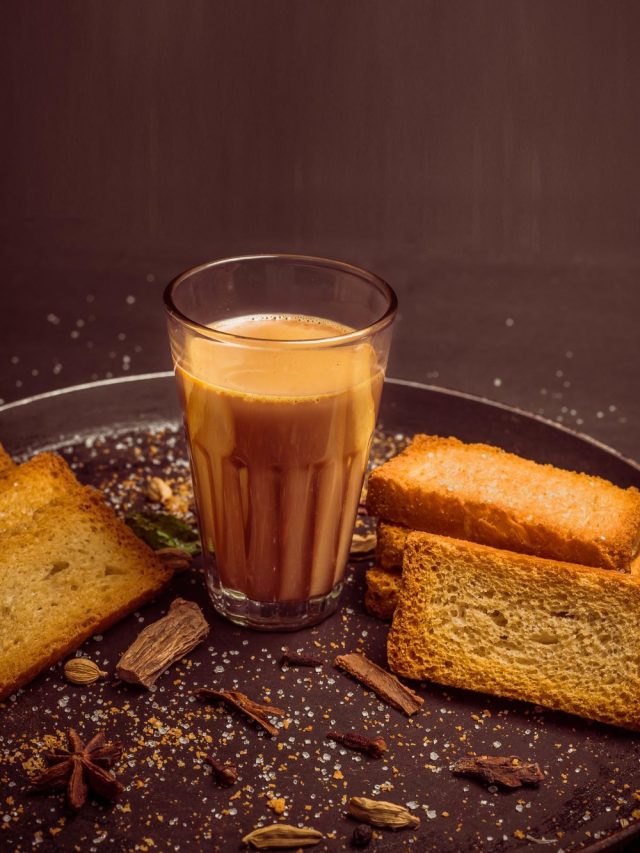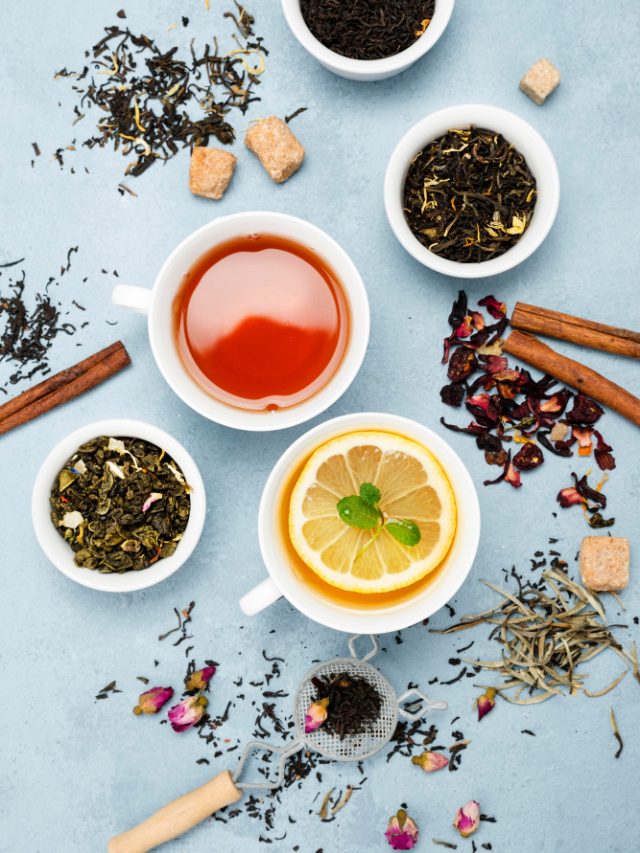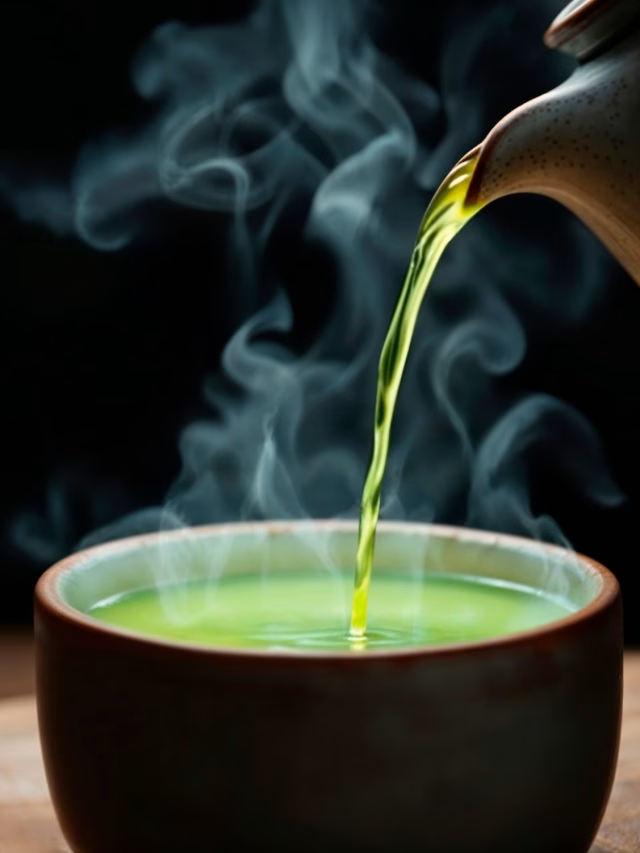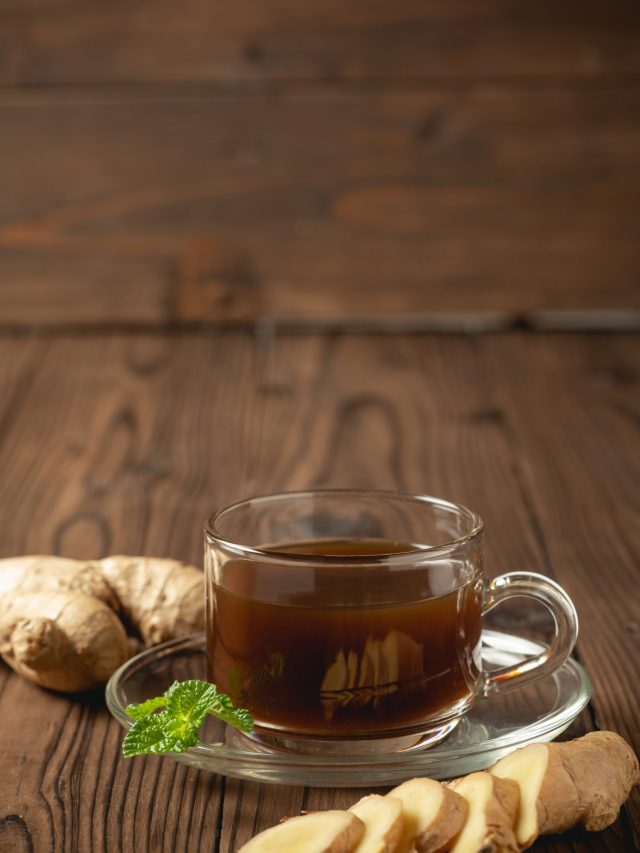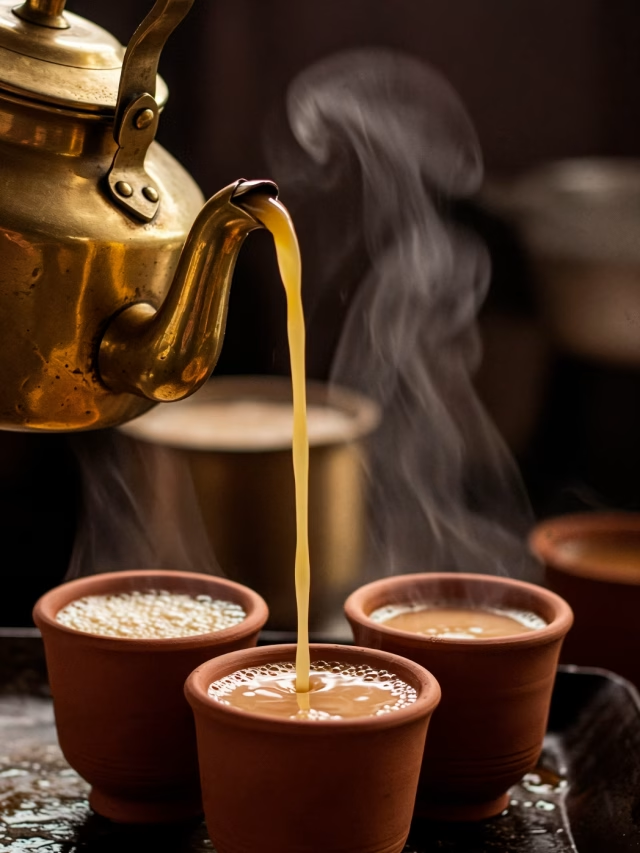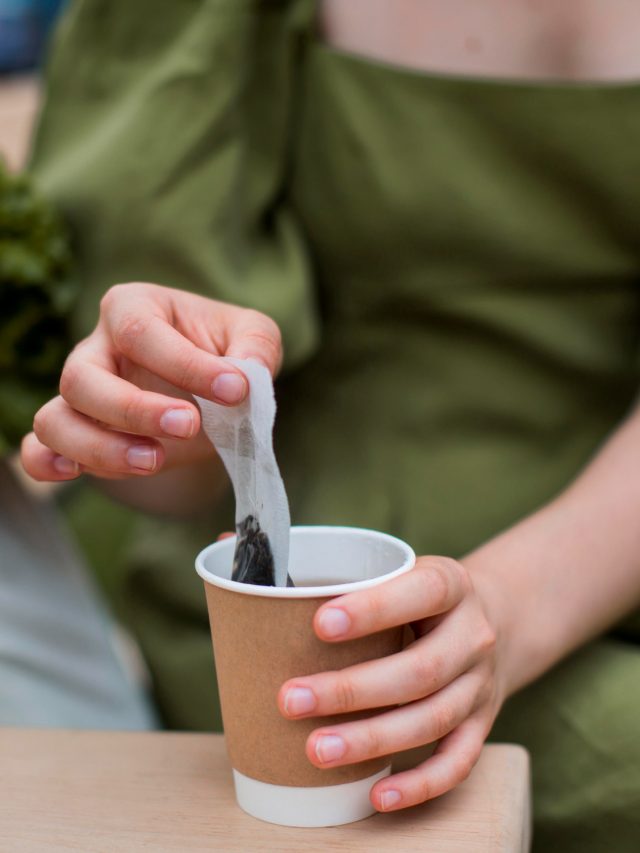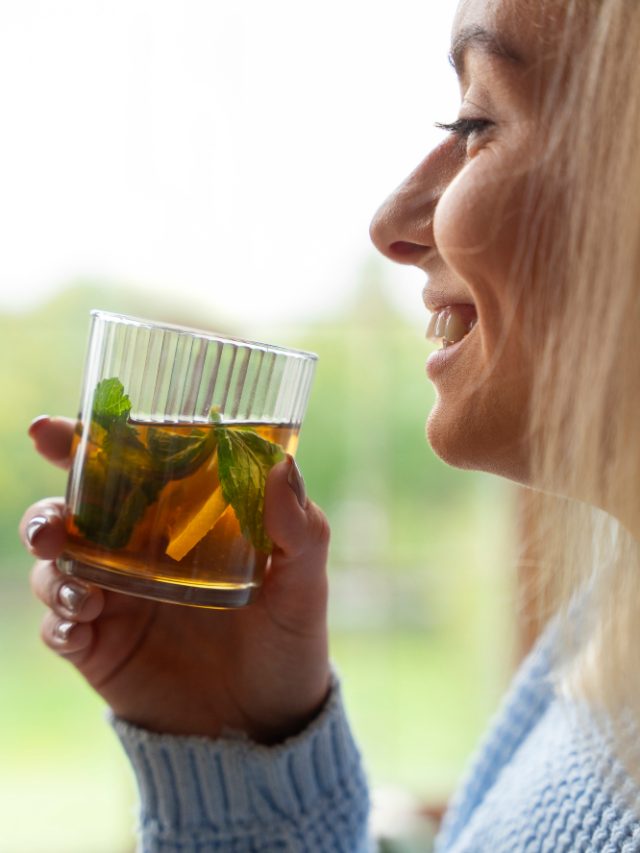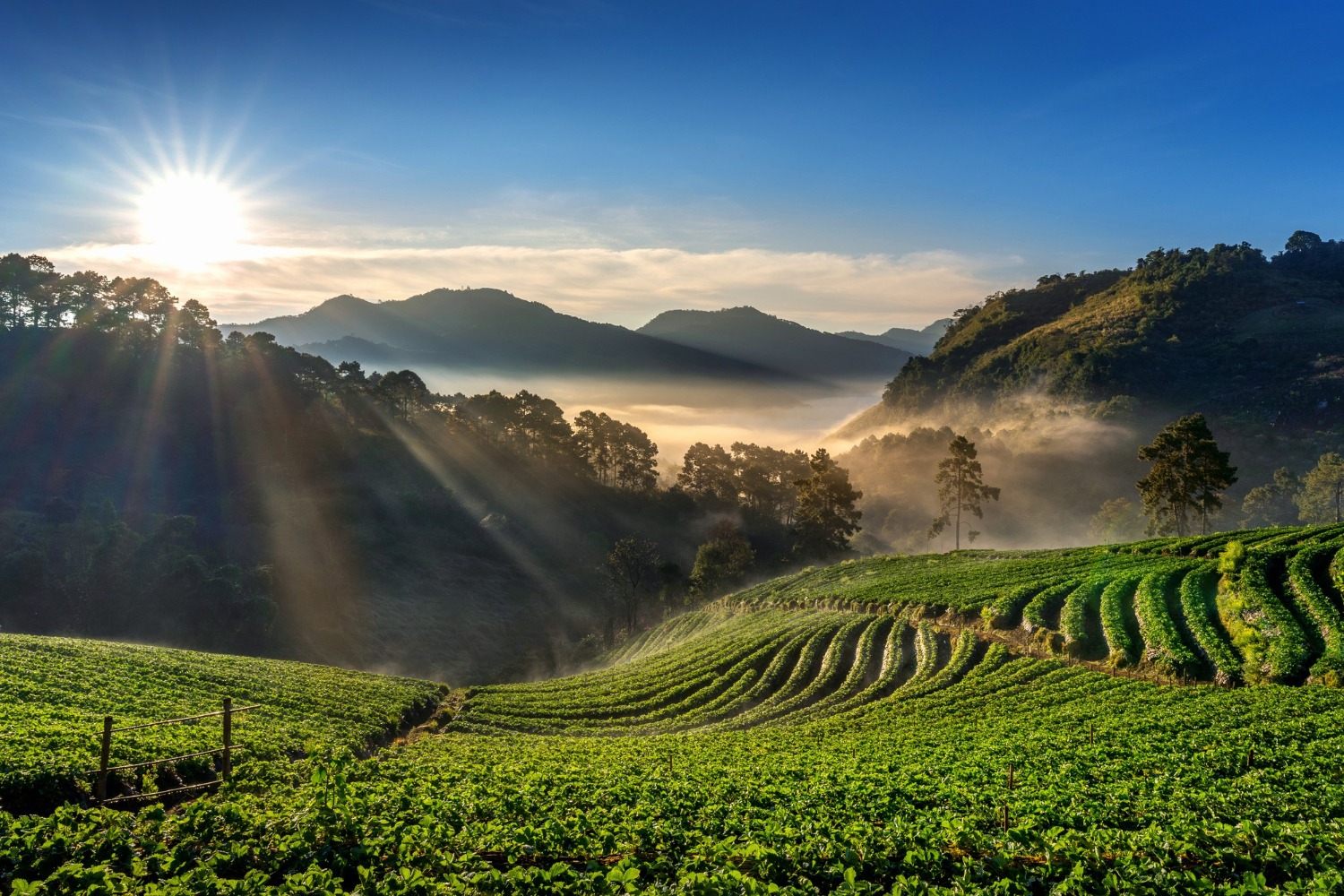
by The Teashop
- Tea
When you sip that perfect cup of tea, ever wondered what went behind those leaves? If you’re a tea lover, you’ll agree, weather makes or breaks tea. From the first sprout to the final pour, the skies rule everything.
In this blog, we’ll show you exactly how weather affects tea cultivation, what that means for the teas you love (yes, green tea, Kashmiri kahwa and more), and how the industry is adapting. You’ll learn about climate-resilient agriculture, sustainable solutions, and the surprising role weather plays in your everyday cup.
Impact on Tea Cultivation and Climate Change
1. The Big Picture: Climate change and tea production
It’s no longer a distant worry. The effect of climate change on tea production is visible today. Rising temperatures, unpredictable rains, and extreme conditions are directly affecting both the quality and quantity of tea grown. Areas that were once perfect for tea now struggle with tea plantation weather challenges.
2. Too Hot, Too Cold: The wild side of weather
Let’s break down the tea farming weather impact:
- Temperature effect on tea quality: A little warmth helps, but too much heat? It stresses the plant, leading to bitter leaves and lower quality.
- Frost damage in tea cultivation: Unexpected cold snaps cause cell damage in leaves, ruining both taste and harvest.
- Tea crop yield and rainfall: Irregular rains or sudden dry spells throw the entire tea calendar off track.
- Drought effects on tea plants: Lack of water stunts growth and reduces yield drastically.
3. Tea by Type: How different teas react to weather
At our tea haven, we offer a range of handpicked brews. Here’s how each type is shaped by the weather:
Green Tea
Needs mild temperatures and frequent rainfall. High heat or too much sun can make it lose its gentle flavour and antioxidants. Tea farming weather impact is huge here.
Kashmiri Kahwa
This delicate blend thrives in cooler climates, but frost damage in tea cultivation can harm its light base. Extreme winter or erratic snow affects the consistency.
Darjeeling Tea
Known as the “Champagne of Teas”, it’s extremely sensitive to changes. Even slight shifts in temperature or rainfall affect its aroma and taste. Climate change and tea production have already pushed its harvest season to shift.
Black Tea
Black tea is slightly more robust, but it still needs regular rainfall and stable sunlight. Heatwaves or dry spells? That’s when drought effects on tea plants come into play.
Herbal Tea
Herbs like mint, lemongrass, and tulsi need bright, moderate conditions. Too much rain causes root rot. Poor light or cold snaps mess with their flavour oils.
In short, tea plantation weather challenges are not one-size-fits-all. Every leaf has its own story with the sky.
4. The Way Forward: Tea industry climate adaptation
Tea farmers are not giving up. Across India and beyond, there’s a shift toward climate-resilient agriculture and sustainable tea farming. Shade nets, better irrigation, early warning systems for frost and drought—these are helping farmers adjust.
Brands (like ours) are also supporting local growers, ensuring your cup stays tasty and guilt-free. Because we believe the future of tea depends on the future of our planet.
FAQs
Q: How does weather affect tea quality?
A: Temperature and rainfall directly affect the chemical composition and flavour of tea leaves.
Q: Is climate change reducing tea production?
A: Yes. The effect of climate change on tea production includes lower yields and inconsistent harvests.
Q: Can frost really damage tea plants?
A: Absolutely. Frost damage in tea cultivation can kill young leaves, leading to crop loss.
Q: How are farmers adapting to climate change?
A: Through tea industry climate adaptation strategies like better planting techniques, irrigation, and climate-resistant crop varieties.
At Teashop, we don’t just sell tea, we celebrate it. Every leaf you taste here is sourced with care, grown with love, and brewed with knowledge. From green tea to Kashmiri kahwa, every sip has survived the sky’s tantrums and tells a story of survival and joy. We support sustainable tea farming and work with growers who believe in climate-resilient agriculture.
Stay with us for more real talk on tea, stories from the fields, and of course, great taste in every cup.
Visit us, sip consciously, and spread the tea love.





